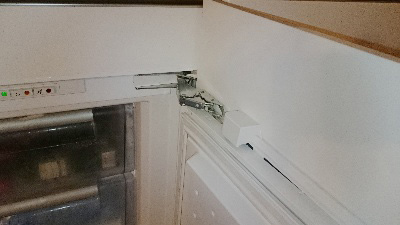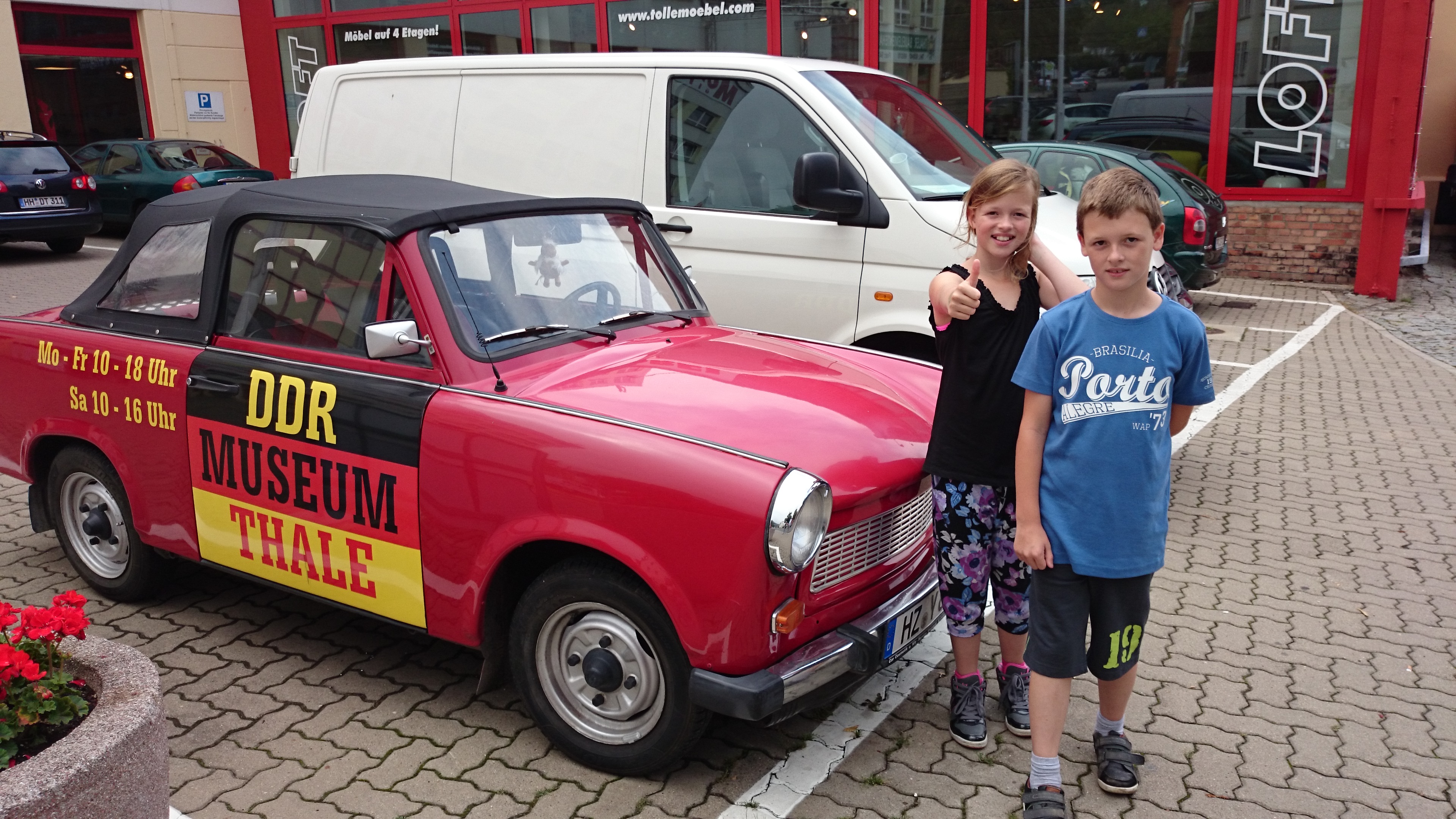Spare parts: cannibalise old assets
29 August 2014 • John de Croon
risk management, policy development

|
985 persons
like this column |
Yes, there it happened again. We came come back from holiday and something was broken. This time a hinge of the built-in freezer was broken, so the freezer no longer closed properly and the whole front was frozen. Since our experience is that replacing parts of consumer electronics often costs as much as half a completely new device, our fear was that replacing the hinge was not very attractive and maybe a new freezer had to be purchased. Now in our working lives we often encounter the situation that assets are old and spare parts are not always available. Therefore, I try to answer the question in this column: how to deal how to deal with old assets that are (almost) broken down?
First we go back to our freezer: an asset management decision had to be taken. We were lucky that spare parts were available. Taking that decision was easy, partly due to the limited financial damage. For 36 euros we were ready (excluding mounting, but that job we could do ourselves). The only temporary measure that we had to take was barricading the door for 2 days because the new hinge was not immediately available.

The (replaced) hinge
To find out how to deal with old equipment, we take a virtual flight along some holiday destinations. OK, one destination is more popular than the other but still.
Let's start with the eminent holiday destination for the Dutchman: France. Many of us saw the famous Eiffel Tower again this year[1]. The Eiffel Tower was built between 1887 and 1889 (see http://nl.wikipedia.org/wiki/Eiffeltoren) and the steel weighs 7300 tons. Now steel has the annoying feature that it corrodes so every now and then parts need to be replaced. It is not so difficult to replace steel: you cut the old part out, weld a new part in it, take some anti-corrosion measures and you are done. So when there are no spare parts anymore, the tower does not need to be demolished and a new one has to be erected (which is a bit expensive....), one just makes new parts and the tower can last for years. There is only one Eiffel Tower, but how does it work on a larger scale if there are more moving (= wearing) parts in place?
We go to our neighbours, where we celebrated holiday in the former GDR. I spoke to someone who had grown up in the former GDR. He indicated that at that time after much toil he had bought a used old Trabant. At one time the gearbox was broken. In the garage the staff was not too much in a hurry and the result of some insisting was the haste in the “work center” just became less. Buying a new Trabant was not financially viable but even if that was the case, the waiting time was more than 8 years. The remaining option was that the man repaired the gearbox himself and eventually a 1 East Mark ring in the gearbox was replaced and the Trabi could (or rather had to) go ahead for years.

Of the GDR, it is politically a small jump to Cuba. In Cuba, the situation was not much different from the GDR. Until 1960 frequently cars were imported from the USA. After the United States in 1960 instituted an embargo[2], the owners no longer had access to the original spare parts. So when an American engine (often a big V8) broke down, a completely different type of engine was fit in. Most American cars in Cuba nowadays contain a 4 cylinder 1.6 litre engine from for example Hyundai (see wikipedia site as mentioned above).
This can of course also be applied for spare parts in the technical sector. No more spare parts available? Then the entire asset can be replaced, but that becomes expensive when the asset is very commonly applied in your business and all those devices have to be replaced. From this it appears that an asset may sometimes be replaced by a 'like for like' asset. The new asset has the same function, but it is not the same thing as before. Are cars are too simple and such a simplification does not apply to your industry? The complexity of the technology is a 'bit' increased with a case from the exotic holiday destination of Iran.
At the time of the Shah, in the early 70s Iran purchased 80 fighter aircraft of the type F14 Tomcat in the United States[3]. Think of the movie 'Top Gun': we are talking about the large jet with adjustable wings. In 1979 the Islamic revolution took place and delivery of parts was put on hold from the USA. Instead of selling the entire fleet, the Iranians managed to keep the jets in the air after modifications with the help of the former Soviet Union and with their own efforts (radar systems). According to Aviation Week Iran had 44 F-14s operational in 2009 and 19 units in 2013. In terms of numbers of ‘kills’ Iranian F14s surpass the performance of the American counterparts by far and with fewer planes! (see wikipedia site)[4].
If you read the previous examples, you can conclude that if you do not have spare parts available, you 'just' conduct a like for like replacement for the relevant asset. Now that's a bit too simple: previous examples show that not always a reasonable alternative is available and therefore one has to be creative to keep the asset into service as long as possible. The asset must therefore be repaired, because otherwise there would be no asset. The cost of the spare part then does not matter much. But if there is a good substitute available this may be an expensive solution. You can then better occasionally replace an asset and cannibalise the asset which has been replaced for spare parts for the rest of the population. Just as is being done to keep the semi classic cars one on the road with parts from other scrapped cars.
Now once again we have to ponder where we celebrate holiday next year. Cuba perhaps? Or will it be Iran?
[1] not to be confused with the Eifel Tower in Boos in the German Eifel
[2] http://nl.wikipedia.org/wiki/Cuba_(land)
[3] http://en.wikipedia.org/wiki/Grumman_F-14_Tomcat
[4] Iranian F14s have shot down Iraqi aircraft in for example the Gulf War of the 80s
John de Croon is partner at AssetResolutions BV, a company he co-founded with Ype Wijnia. In turn, they give their vision on an aspect of asset management in a weekly column. The columns are published on the website of AssetResolutions, http://www.assetresolutions.nl/en/column
<< back to overview
|


